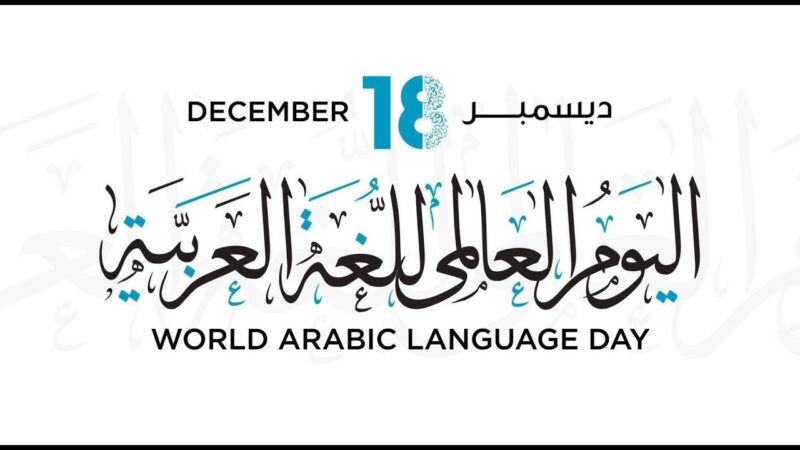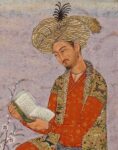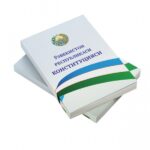What do you know about World Arabic Language Day?
Arabic Language Day is observed annually on December 18. The event was established by the UN Educational, Scientific and Cultural Organization(UNESCO) in 2010 seeking “to celebrate multilingualism and cultural diversity as well as to promote equal use of all six of its official working languages throughout the organization“. December 18 was chosen as the date for the Arabic language as it is “the day in 1973 when the General Assembly approved Arabic as an official UN language”.
The Arabic language is a pillar of the cultural diversity of humanity. It is one of the most widely spoken languages in the world, used daily by more than 400 million people. Every year World Arabic Language Day is celebrated on 18 December since 2012. The date coincides with the day in 1973 that the General Assembly of the United Nations adopted Arabic as the sixth official language of the United Nations Organization (UNO).
In the diversity of its forms, classic or dialectal, from oral expression to poetic calligraphy, the Arabic language has given rise to a fascinating aesthetic, in fields as varied as architecture, poetry, philosophy and song. It gives access to an incredible variety of identities and beliefs and its history reveals the richness of its links with other languages. Arabic has played an important role in knowledge, promoting the dissemination of Greek and Roman sciences and philosophies to Renaissance Europe. It has enabled a dialogue of cultures along the silk roads, from the coast of India to Africa.
On World Arabic Language Day, UNESCO is encouraging everyone to celebrate not only a language, but also a culture and, more broadly, emphasizing how much we need diverse perspectives – they are an invaluable treasure and the fundamental prerequisite for lasting peace.
The Arabic language is significant in history, dating back to the 4th century CE. It originated from the Arabian Peninsula and quickly spread across the Middle East and North Africa. This expansion was primarily due to the rise of Islam, as Arabic became the language of the Quran and the Islamic empire.
Over the centuries, Arabic has evolved through various stages. Initially, it was known as Classical Arabic, which played a crucial role in literature, science, and philosophy during the Islamic Golden Age. As different regions adopted the language, local dialects emerged, leading to the development of Modern Standard Arabic (MSA). MSA is now the standardized form of Arabic used in media, education, and official communication throughout the Arab world.
The Arabic language is distinct and known for its unique characteristics. One of the notable features is its complex writing system. Arabic is written from right to left, utilizing a special script called the alphabet. This script has 28 letters, each representing one or more sounds. The arrangement of these letters may change depending on their position within a word.
Arabic Language Day is celebrated to promote the cultural and linguistic diversity of the Arabic language. It is an occasion to acknowledge the language’s rich history, influence, and global significance.
Arabic Language Day is an annual celebration that aims to raise awareness about the importance of the Arabic language in promoting cultural understanding and dialogue globally. The United Nations Educational, Scientific and Cultural Organization (UNESCO) designated December 18 as Arabic Language Day to honor this language’s contribution to humanity’s heritage.
Arabic is one of the most widely spoken languages. It has a fascinating history, dating back thousands of years, and has influenced many other languages. This day serves as an opportunity to celebrate the beauty and significance of the Arabic language, fostering cultural appreciation and inclusivity.
Arabic Language Day is an annual event that celebrates the richness and cultural heritage of the Arabic language, serving as a reminder of its importance and influence. This day is not only a celebration of the language itself but also an opportunity to promote its use and preserve its cultural significance.
The origins and establishment of Arabic Language Day, as well as the importance of celebrating and promoting the Arabic language and culture
It was also meant to foster multicultural dialogue and encourage the preservation and dissemination of Arabic as a vital means of expression.
This official recognition further solidified the importance of the Arabic language on the global stage and emphasized its role in fostering understanding and cooperation among nations.
The celebration of Arabic Language Day serves as a platform to raise awareness about the rich heritage, diversity, and beauty of the Arabic language and culture.
By celebrating and promoting the Arabic language, we contribute to its preservation for future generations and reinforce its role in strengthening cultural bonds and promoting understanding among different communities.
Arabic, with its long history and deep roots, is not only a means of communication but also a carrier of centuries-old traditions, literature, and knowledge. It has contributed significantly to science, mathematics, philosophy, and literature. By acknowledging and celebrating Arabic Language Day, we recognize the immense cultural contributions made by Arabic-speaking societies throughout history.
Furthermore, promoting the Arabic language and culture fosters inclusivity and diversity, not only within Arabic-speaking communities but also on a global scale. It encourages dialogue between different cultures and promotes a deeper understanding and appreciation of the Arabic world.
Arabic Language Day is a celebration that serves as a reminder of the significance of the Arabic language and its contribution to human civilization. Through its celebration and promotion, we can ensure that the legacy of this ancient and influential language continues to thrive and impact generations to come.
The Arabic language is significant in history, dating back to the 4th century CE. It originated from the Arabian Peninsula and quickly spread across the Middle East and North Africa. This expansion was primarily due to the rise of Islam, as Arabic became the language of the Quran, hadith and the Islamic empire.
Over the centuries, Arabic has evolved through various stages. Initially, it was known as Classical Arabic, which played a crucial role in literature, science, and philosophy during the Islamic Golden Age. As different regions adopted the language, local dialects emerged, leading to the development of Modern Standard Arabic (MSA). MSA is now the standardized form of Arabic used in media, education, and official communication throughout the Arab world.
The Arabic language is distinct and known for its unique characteristics. One of the notable features is its complex writing system. Arabic is written from right to left, utilizing a special script called the alphabet. This script has 28 letters, each representing one or more sounds. The arrangement of these letters may change depending on their position within a word.
Senior teacher Fakhriddin Ernazarov
of the ”Languages“ department
Internet websites:
- en.wikipeia.org
- unesco.org
- nationaltodays.com






